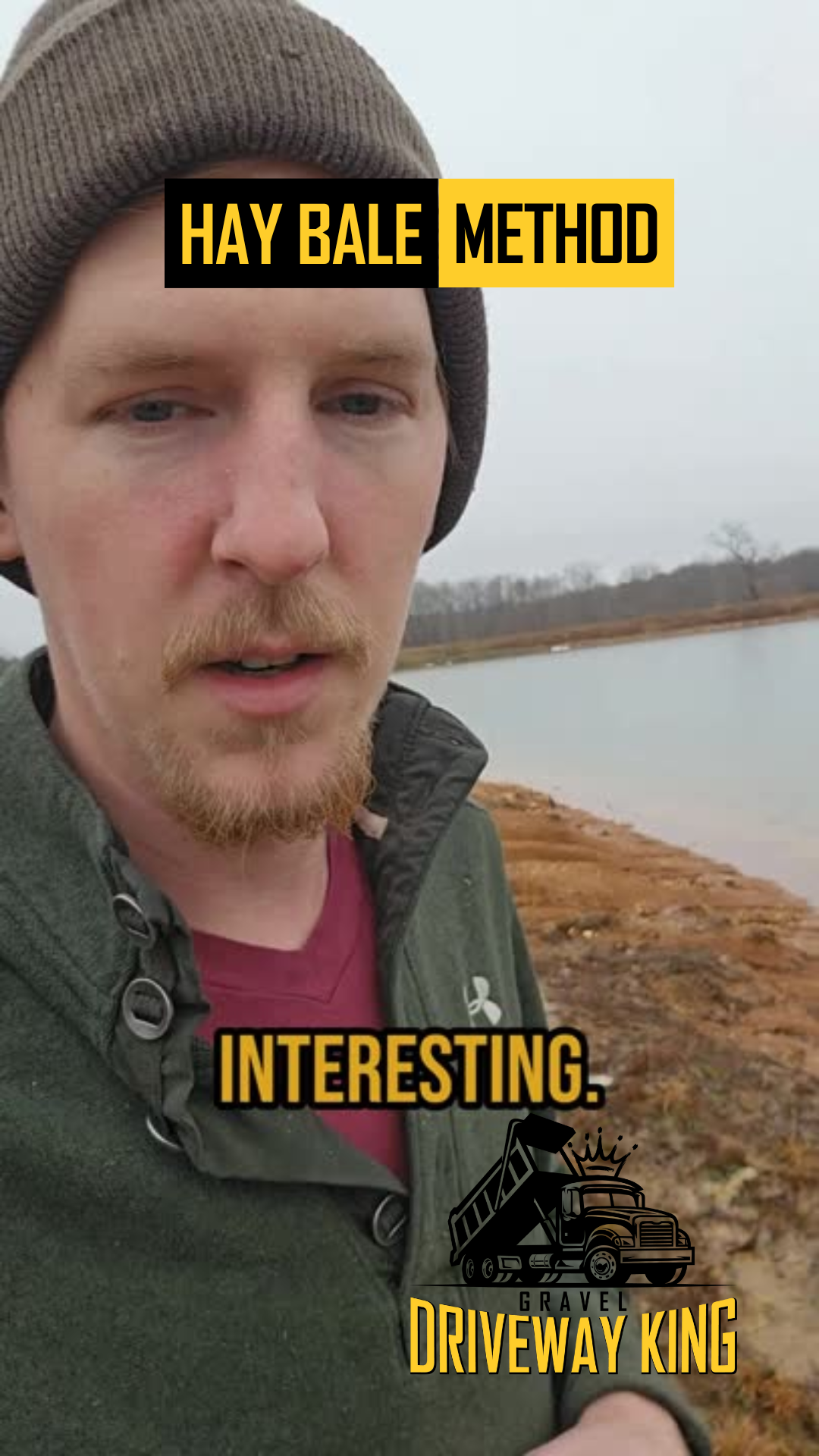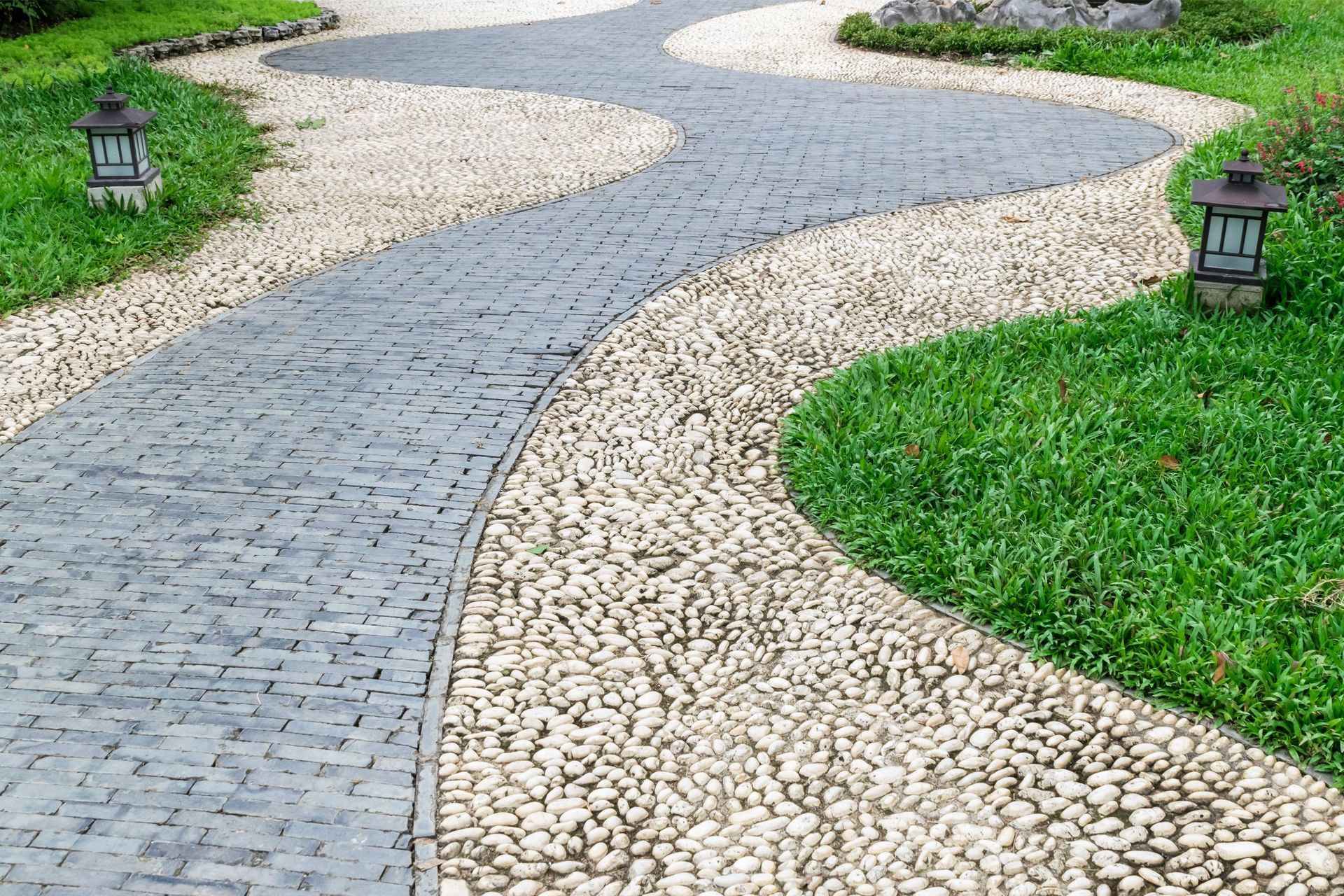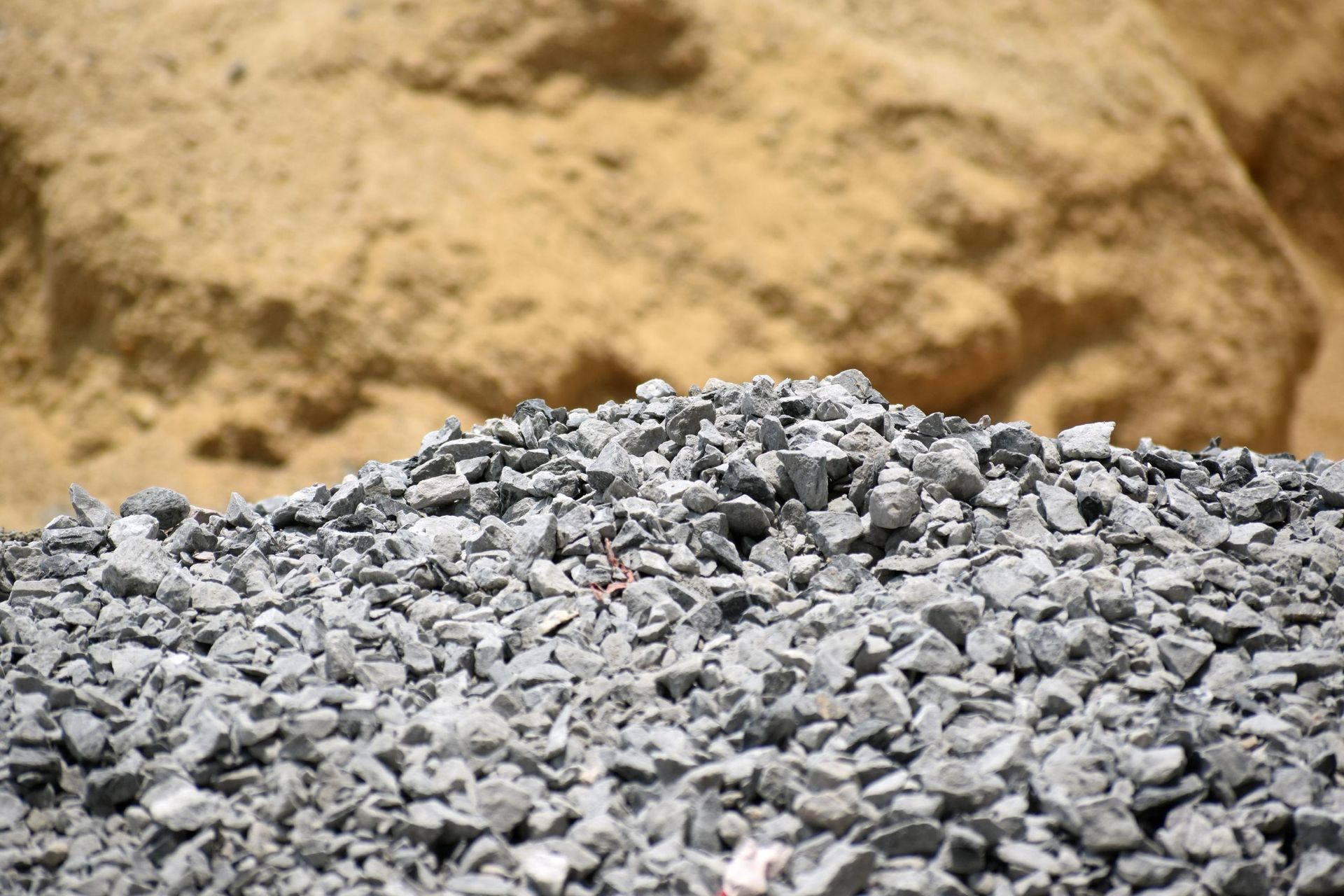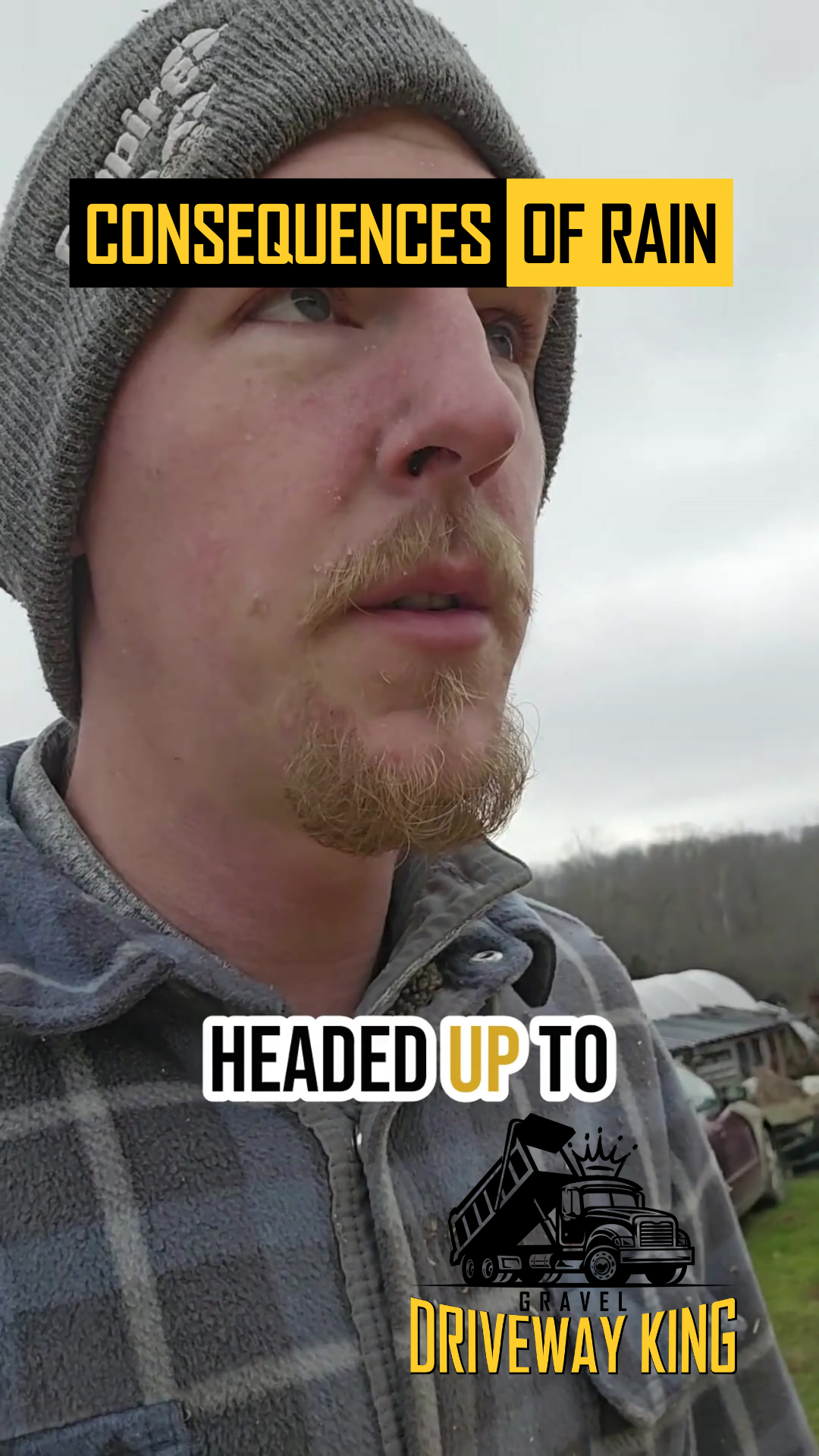Water Doesn't Stop When Rain Does: Lessons from Tennessee Watersheds
Introduction
UNDERSTANDING WATER FLOW AND WATERSHEDS
HOW THE LAND'S CAPACITY TO HOLD WATER AFFECTS YOUR PROPERTY
Ever notice how creeks and streams keep flowing long after the rain stops?
There's a good reason for that.
Here in Middle Tennessee, I was watching our valley this morning - a full eight hours after the last raindrop fell, and thousands of gallons were still flowing through.
That's not unusual, but it's something most property owners don't think about until it becomes a problem.
When we get these big downpours, that water has to go somewhere.
And just because the sky clears up doesn't mean the water stops moving.
Understanding this simple fact can save you a lot of headaches down the road.
Welcome to Driveway King!
Understanding Watersheds
Think of a watershed like a giant funnel. It's all the land around you where water either flows toward your property or away from it. The higher points of land act like the edges of that funnel, directing where all that rainwater will go.
Here's what makes Middle Tennessee interesting - our rolling hills and valleys create countless small watersheds that feed into bigger ones. That means the water flowing across your property might have started its journey from hills you can't even see from your house.
The size of your watershed matters more than most folks realize. If you're downstream from a large area, you're not just dealing with the rain that fell on your property - you're handling water from every piece of land that drains toward you.
That's why some areas flood even when they didn't get the worst of the rain.
The Role of Trees - Natural Water Management
Here's something fascinating about trees - they're nature's water management system.
Each tree on your property is working overtime during every rainfall.
They catch water in their leaves and branches, slowing it down before it ever hits the ground.
Their roots help the soil absorb water instead of letting it all run off at once.
Think about it like this: when rain hits bare ground, it's like pouring water on a parking lot - it all rushes off at once.
But when rain hits a forest, it's more like pouring water through a coffee filter - it slows down and spreads out.
Common Misconceptions:
I see it all the time - folks clear trees from their hillsides without realizing what those trees were doing for them.
They're thinking about the view or maybe making room for something else.
But on a hillside, removing trees without a plan is asking for trouble.
Water moves faster down slopes, and without trees to slow it down, you're looking at potential erosion problems.
Reading Your Land
Walking your property after a good rain can tell you a lot about how water moves across it.
Look for places where debris has collected or where soil is washing away.
These are clues about your water patterns.
Pay special attention to any slopes - they're like nature's waterslides, directing where everything flows.
Here in Tennessee, our clay soil adds another layer to think about.
It doesn't absorb water as quickly as sandy soil, which means more water stays on the surface, looking for somewhere to go.
Understanding these patterns isn't just about preventing problems - it's about working with what nature's already doing.
Smart Solutions
The best solutions usually start with observing what's already happening naturally.
If you've got trees on a hillside doing a good job controlling water flow, maybe think twice about removing them.
If you need to clear land in valleys, that's usually less risky because the water's not moving as fast.
Ground cover is your friend - whether it's trees, grass, or other plants, anything that helps hold soil in place and slow down water movement is working in your favor.
Sometimes the smartest solution is just helping nature do what it already wants to do.
Practical Takeaways
Here's what I want every Tennessee property owner to watch for.
After a big rain, take a walk around your property - but not just right after the storm.
Go out the next day too.
Notice where water is still moving, where it's collecting, and how your land is handling it.
Look for these signs:
- Wet areas that stay damp long after rain
- Places where soil is washing away
- Areas where debris collects
- Paths where water clearly flows
If you're thinking about making changes to your property - especially on hillsides - take time to understand how water moves through your land first.
It's a lot easier to work with these natural patterns than to fight against them.
Next Steps
Water doesn't just disappear when the rain stops. It keeps moving, finding its way downhill, following the paths that nature (or people) have created for it.
Understanding this simple fact can save you a lot of trouble down the road.
Here in Middle Tennessee, we've learned to respect these natural water patterns.
Whether you're dealing with erosion concerns or just want to better understand your property, paying attention to how water moves across your land is time well spent.
If you've got questions about water management on your property, give us a call. We've seen just about every water challenge these Tennessee hills can throw at us, and we're happy to help you understand what's happening on your land.







